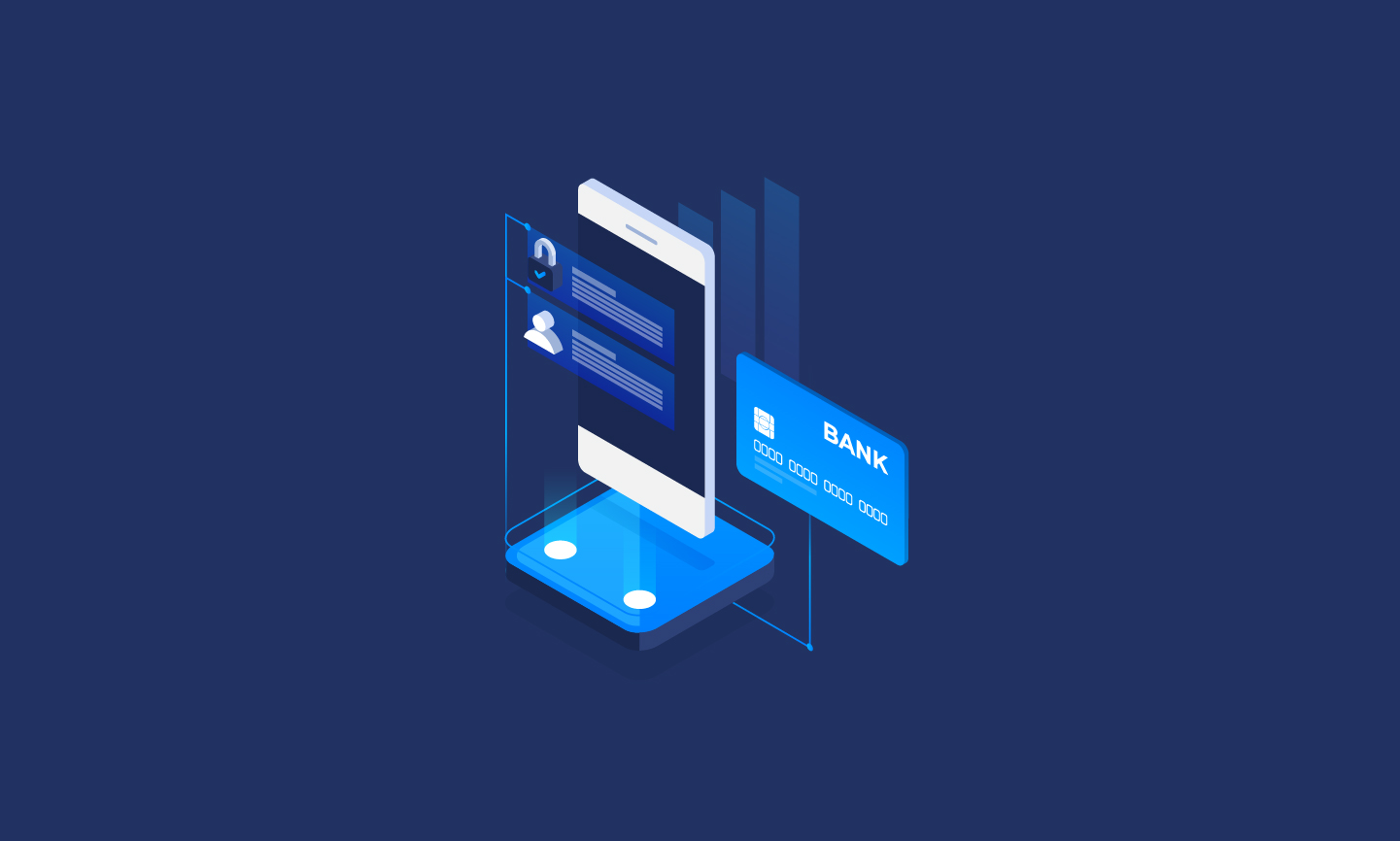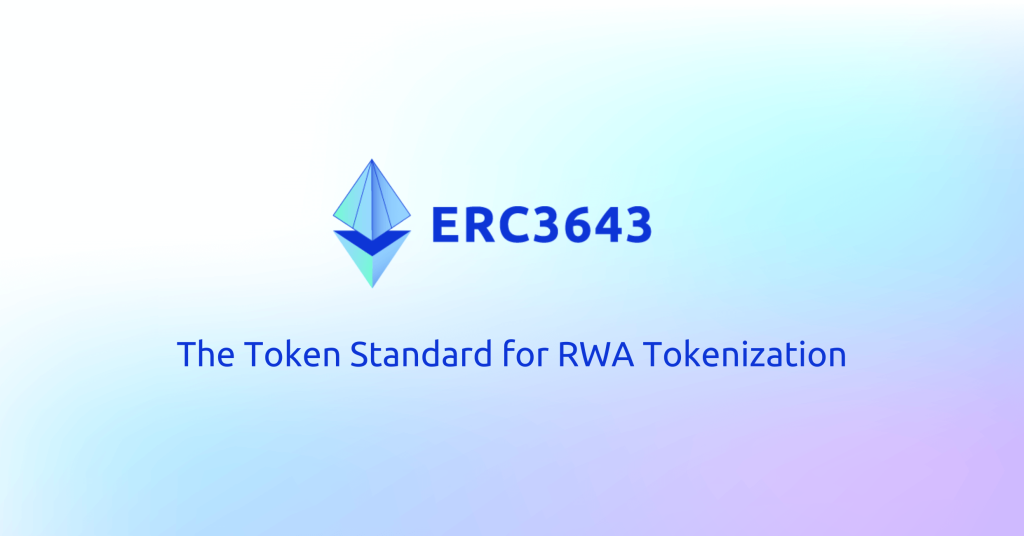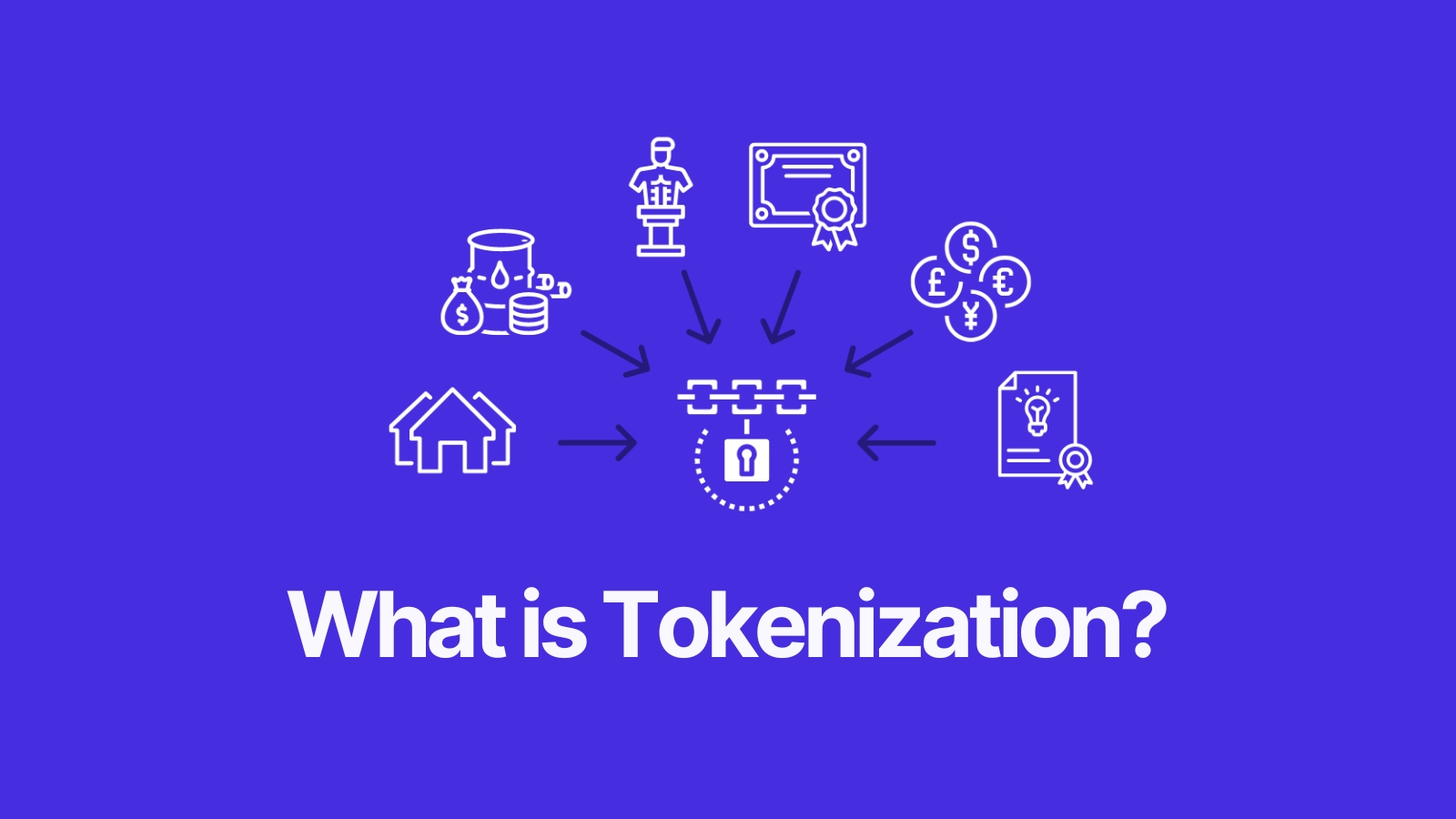In the heart of 2024, blockchain technology is redefining the foundations of the economy and commerce, introducing innovative concepts that promise to transform the way we conceive property and asset transfer. One of these revolutionary concepts is asset tokenization, a process that allows the digital representation of goods and rights on the blockchain. This approach not only facilitates new forms of investment and financing but also promises to make transactions more secure, faster, and transparent. Below, we will explore in detail what asset tokenization is, how it works, and the impact it has on the financial world.
What is Tokenization?
When we talk about tokenizing assets, we refer to the creation of digital tokens that act as digital representations of a real asset or rights associated with it. These tokens are stored on a blockchain, which ensures their integrity, inalterability, and traceability. Each token is unequivocally linked to a digital wallet, accrediting the ownership or transfer right of the tokenized asset to the holder of such wallet.
Tokenization is not merely limited to the digitization of assets; it represents a fundamental restructuring of how assets can be owned, exchanged, and managed in the digital world. By converting rights over physical or intellectual goods into digital tokens on a blockchain, an additional layer of security and efficiency is facilitated, unthinkable with traditional systems.
Tokenization opens a wide range of possibilities in terms of the types of assets that can be tokenized. This includes movable and immovable goods, tangible and intangible assets, as well as legal rights. They can be fungible assets, such as currencies or commodities, or non-fungible, such as artworks or real estate properties. The diversity of assets susceptible to tokenization is vast, encompassing those that are part of traditional commerce to goods of public or private domain, present or future, divisible or indivisible.
Tokenization on the blockchain manifests in various forms, with ERC-20 tokens and non-fungible tokens (NFTs) being two of the most common and technically distinctive representations. These types of tokens operate on the Ethereum blockchain, although similar concepts apply to other blockchains. Each has specific characteristics and applications that make them suitable for different purposes.
ERC-20 Tokens
The ERC-20 standard is one of the oldest and most widely adopted for creating tokens on the Ethereum blockchain. It defines a common set of rules that tokens within the platform must follow to ensure interoperability among different interfaces, such as digital wallets and exchanges. ERC-20 tokens are fungible, meaning each token is identical and can be exchanged one for another without losing value. This makes them ideal for creating digital currencies, representing shares of a company, or as a means of exchange in decentralized applications (dApps).
Key features of ERC-20 tokens include:
- Uniformity: All tokens are identical in type and value.
- Interoperability: They can be easily exchanged and used in various applications on the Ethereum network.
- Programmability: They allow integration with smart contracts to automate processes, such as payments and transactions.
Non-Fungible Tokens (NFTs)
Non-fungible tokens (NFTs) are unique and not directly interchangeable for another token in an equivalent manner. Each NFT has a unique identifier that distinguishes it from other tokens, allowing for the digital representation of unique assets such as art, collectibles, virtual real estate, and more. This type of token has primarily been popularized through the ERC-721 standard, though there are other standards like ERC-1155 that offer greater flexibility, allowing the creation of both fungible and non-fungible tokens within the same contract.
Main characteristics of NFTs:
- Uniqueness: Each token has unique attributes and cannot be exchanged one for one for another NFT.
- Verifiable Ownership: The blockchain records the ownership and transaction history of each NFT, ensuring its authenticity and provenance.
- Interoperability: Just like with ERC-20 tokens, NFTs can interact with different applications and markets within the Ethereum blockchain.

Other Types of Tokenization
In addition to ERC-20 and NFTs, there are other tokenization standards that cater to specific needs, such as the previously mentioned ERC-1155, which allows the creation of more efficient smart contracts by combining fungible and non-fungible tokens in a single contract. This is especially useful in gaming applications and digital collectibles, where both coins (fungible tokens) and unique items (non-fungible tokens) may be required.
The choice between these types of tokenization depends on the specific application and project requirements. While ERC-20 tokens are ideal for representing uniformly exchangeable assets or values, NFTs offer a solution for digitalizing the ownership of unique assets, opening a range of possibilities for value creation in the digital space.
Use Cases and Industries Where Tokenization is Applied
Tokenization, with its ability to digitalize the ownership and rights of assets on the blockchain, has found practical applications in a wide range of industries and use cases. These applications not only demonstrate the versatility of blockchain technology but also signal a shift towards more transparent, secure, and efficient systems in various economic and social areas.
Tokenization in Finance and Banking

Tokenization in the finance and banking sector is redefining traditional investment, lending, and asset management structures, introducing unprecedented efficiency, security, and accessibility. This technological advancement allows for the digital representation of financial assets on the blockchain, facilitating their exchange and management in a more fluid and transparent manner.
In the realm of cryptocurrencies and digital assets, tokenization has been fundamental. Digital currencies like Bitcoin and Ethereum are prime examples of how blockchain technology can be used to create and manage digital money securely. These cryptocurrencies have introduced a new paradigm in the exchange of value, eliminating intermediaries and allowing direct transactions between parties anywhere in the world.
Tokenization has also significantly impacted the representation of shares and securities in financial markets. By converting company shares into tokens on a blockchain, their trade on secondary markets is facilitated, access to global investors is expanded, and the liquidity of these assets is improved. This represents an evolution in the way shares can be acquired, sold, and managed, reducing the costs and times associated with these operations.
Another innovative use case is the tokenization of debt, which allows issuing bonds or other forms of debt as digital tokens. This simplifies the issuance process, makes access to capital more efficient for companies, and opens new investment opportunities for the public. Debt tokenization can significantly lower the entry barrier for investors, allowing them to participate in investments that were traditionally reserved for institutions or high-net-worth individuals.
Real Estate Tokenization
One of the most notable changes introduced by tokenization in real estate is the facilitation of property fractionation. Traditionally, investing in real estate involved purchasing an entire property or participating in real estate investment trusts (REITs), options that are often financially out of reach for many individual investors. However, through tokenization, a property can be divided into multiple digital tokens, each representing a fraction of the asset’s ownership. This significantly lowers the minimum investment required, allowing a broader spectrum of investors to participate in the real estate market.
The improvement of liquidity is another significant advantage. Real estate is known for being relatively illiquid investments due to long selling processes and high transaction costs. However, tokens representing real estate ownership can be bought and sold on secondary exchange platforms specifically designed for tokenized assets, thus facilitating faster and less expensive transactions.
Moreover, tokenization brings transparency and security to real estate transactions. Each token contains information about the underlying asset, including its value, location, and ownership details, all recorded on the blockchain. This ensures the integrity of the information and reduces the risk of fraud, while also simplifying the due diligence process for investors.
Tokenization also opens new financing opportunities for property owners and real estate developers. Instead of relying solely on bank loans or institutional investors, they can issue tokens to raise capital directly from a global market of investors, offering a more flexible and potentially less expensive alternative to finance real estate projects.
Artwork Tokenization
Tokenization of art represents one of the most innovative and disruptive applications of blockchain technology, redefining the creation, ownership, and commercialization of art in the digital age. Through non-fungible tokens (NFTs), digital and physical artworks can be represented on the blockchain, providing unequivocal authentication and complete traceability of the work. This digital transformation not only benefits artists and collectors but also opens a new horizon of possibilities for the art industry.
Authenticity and Provenance
One of the biggest challenges in the art market has been ensuring the authenticity and provenance of works. Tokenization effectively addresses this issue by registering each piece of art as an NFT on the blockchain, guaranteeing irrefutable proof of authenticity and ownership. Each token is linked to a unique digital record that includes the complete history of the work, from its creation to current and previous transactions. This significantly facilitates the verification process and reduces the risk of forgeries and ownership disputes.
Monetization and Copyright Protection
For artists, tokenization opens new avenues for monetization and the protection of their rights. By tokenizing their works, they can sell them directly to collectors without the need for intermediaries, such as galleries or auction houses, allowing them to retain a greater portion of the profits. Additionally, smart contracts associated with NFTs can be programmed to grant artists a percentage of secondary sales, ensuring they receive fair compensation for their work over time.
Access and Liquidity
Tokenization democratizes access to the art market, allowing a broader spectrum of collectors to participate in the buying and selling of works. NFTs can be fractionated, meaning investors can acquire a part of a high-value artwork, something that was difficult to achieve in the traditional market. This not only increases the potential collector base but also improves liquidity in the art market, facilitating the quick purchase and sale of works.
New ERC-3643 Standard for the Tokenization of Real Assets

The ERC-3643 standard emerges as a significant innovation in the Ethereum ecosystem, marking a milestone in the tokenization of real-world assets. This new standard promises to address some of the most complex challenges associated with the digital representation of physical assets on the blockchain, offering robust solutions for authenticity, ownership, and transfer of these assets in the digital world.
Innovations and Features of ERC-3643
The ERC-3643 introduces specific mechanisms designed to improve the efficiency, security, and interoperability of tokens representing real assets. Among its main features, it highlights the implementation of advanced protocols for verifying the authenticity of assets and clarity in ownership and transfer. This means that each token generated under the ERC-3643 standard carries with it an immutable digital certification of its correspondence with a specific physical asset, thus ensuring trust and transparency in transactions.
Impact on Industry and Market
The adoption of the ERC-3643 standard has the potential to radically transform various sectors, including real estate, art, collectibles, and beyond. By facilitating a more faithful and secure representation of real-world assets on the blockchain, new avenues for investment, trade, and asset management are opened. This not only expands the accessible market for these assets but also improves liquidity and reduces entry barriers for investors and market participants.
Challenges and Opportunities
The implementation of ERC-3643 also poses challenges, particularly in terms of regulation and industry adoption. The need for legal standards and clear regulatory frameworks is critical to ensure that the tokenization of real-world assets develops safely and effectively. Additionally, education and collaboration among blockchain developers, businesses, and regulatory authorities will be key to maximizing the potential of this new standard.
Conclusions
Tokenization, supported by the robust technology of blockchain, is positioning itself as one of the most transformative innovations of our era, redefining the way we interact with assets of all kinds, from real estate and artworks to financial assets and beyond. Through the creation of digital tokens representing ownership or rights over real and digital assets, tokenization offers a more secure, transparent, and efficient mechanism for the purchase, sale, and management of assets.
In conclusion, tokenization is marking the beginning of a new era in asset management, offering a path towards more inclusive, efficient, and transparent systems. As this technology continues to evolve and expand into new sectors, its impact on the economy and society promises to be profound and far-reaching, redefining what is possible in the world of investment and asset ownership.








